The Italian region of Tuscany unfolds like a Renaissance painting come to life. Cypress-lined roads connect hilltop towns that have watched centuries pass while holding fast to ancient traditions. Wine estates older than some nations dot landscapes where the bounty of the earth flows as freely as olive oil and Chianti.
This birthplace of the Renaissance combines artistic legacy with agricultural abundance, creating destinations where Michelangelo’s David stands alongside markets selling wild boar pasta sauce. Here’s a list of 20 essential stops that deliver Tuscany’s legendary combination of culture, cuisine, and countryside.
Michelangelo’s David in Florence
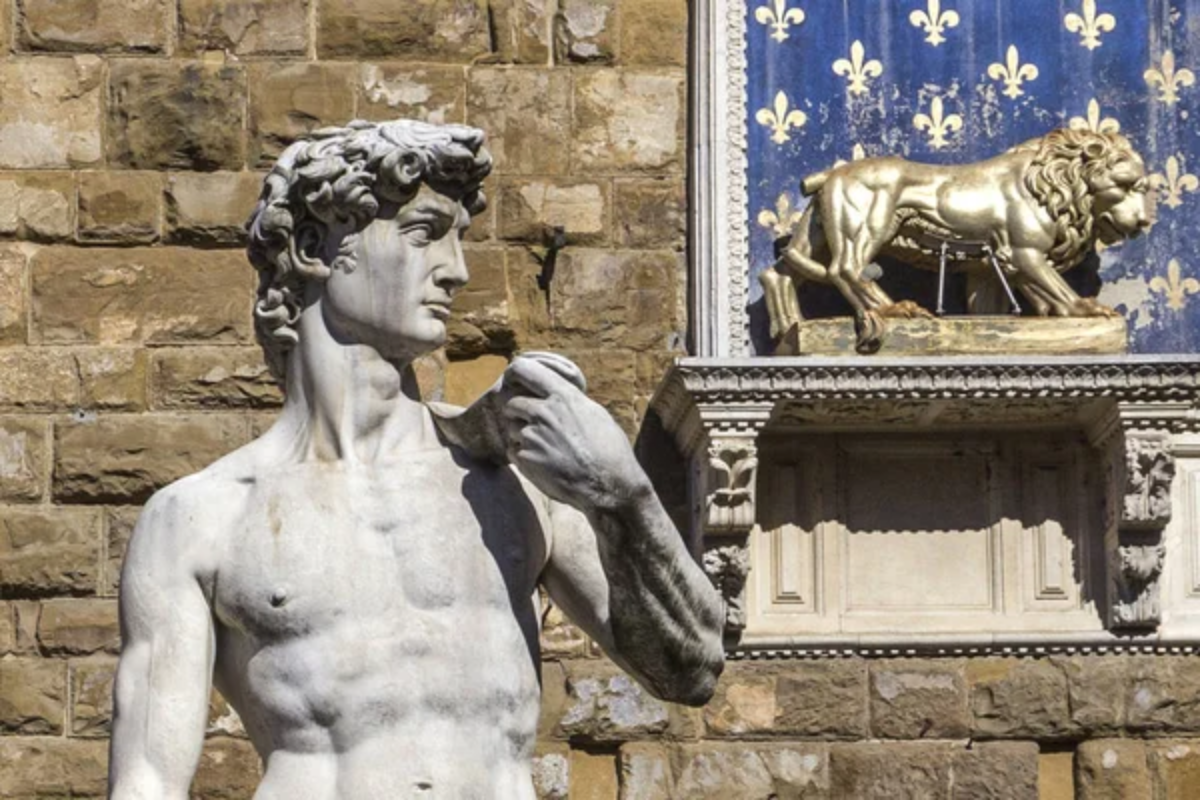
The 17-foot marble masterpiece dominates the Galleria dell’Accademia with sculptural perfection that still stops viewers centuries after its creation. Advance reservations prove essential since daily visitor limits protect this fragile artwork.
Evening tours offer intimate viewings without daytime crowds while audio guides reveal hidden symbolism.
Siena’s Shell-Shaped Piazza

The medieval square slopes toward its center like an ancient amphitheater where the legendary Palio horse race thunders past twice annually. Nine radiating sections represent the original city districts competing since 1644.
Cafes lining the perimeter serve perfect vantage points despite premium pricing.
Like Travel Pug’s content? Follow us on MSN.
San Gimignano’s Tower Town
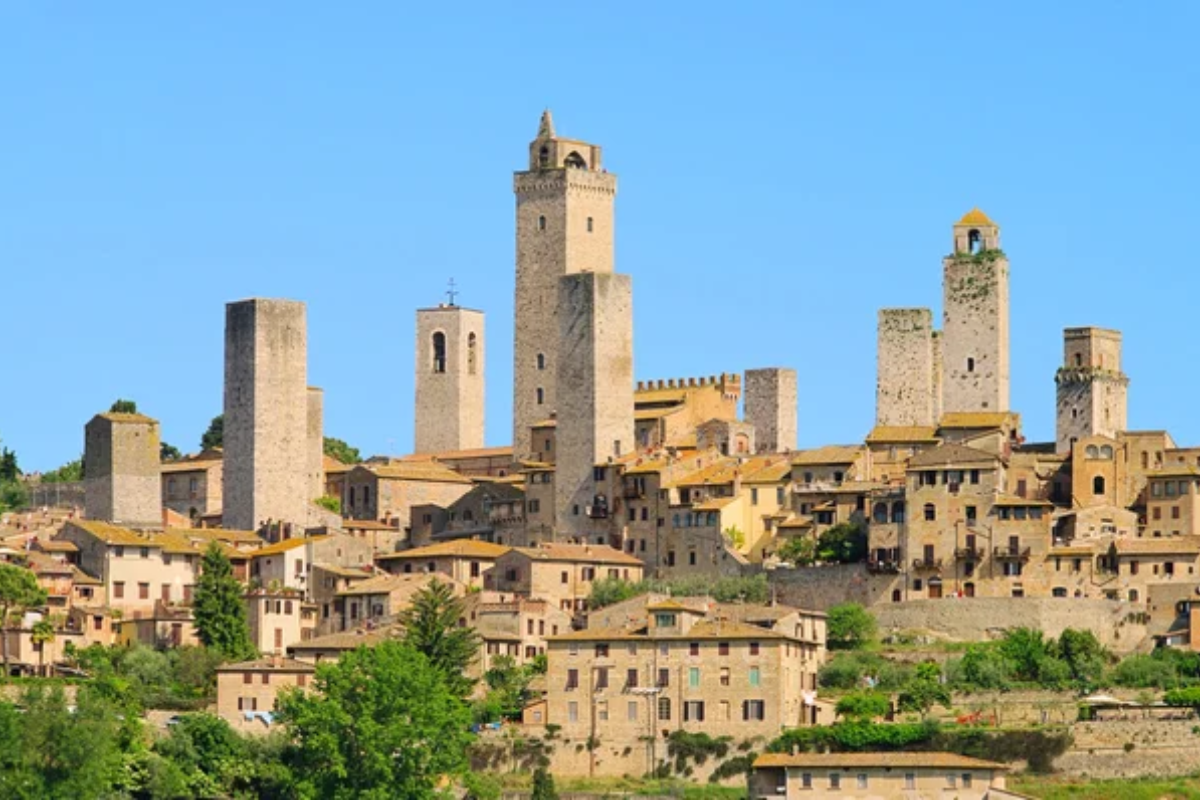
Fourteen medieval watchtowers pierce the sky above this walled city, earning it the nickname ‘Manhattan of the Middle Ages.’ Affluent families once competed for height dominance, building almost 70 towers before the local government imposed restrictions.
The climb up Torre Grossa reveals panoramic views across vineyards, creating patchwork patterns.
Pisa’s Leaning Tower
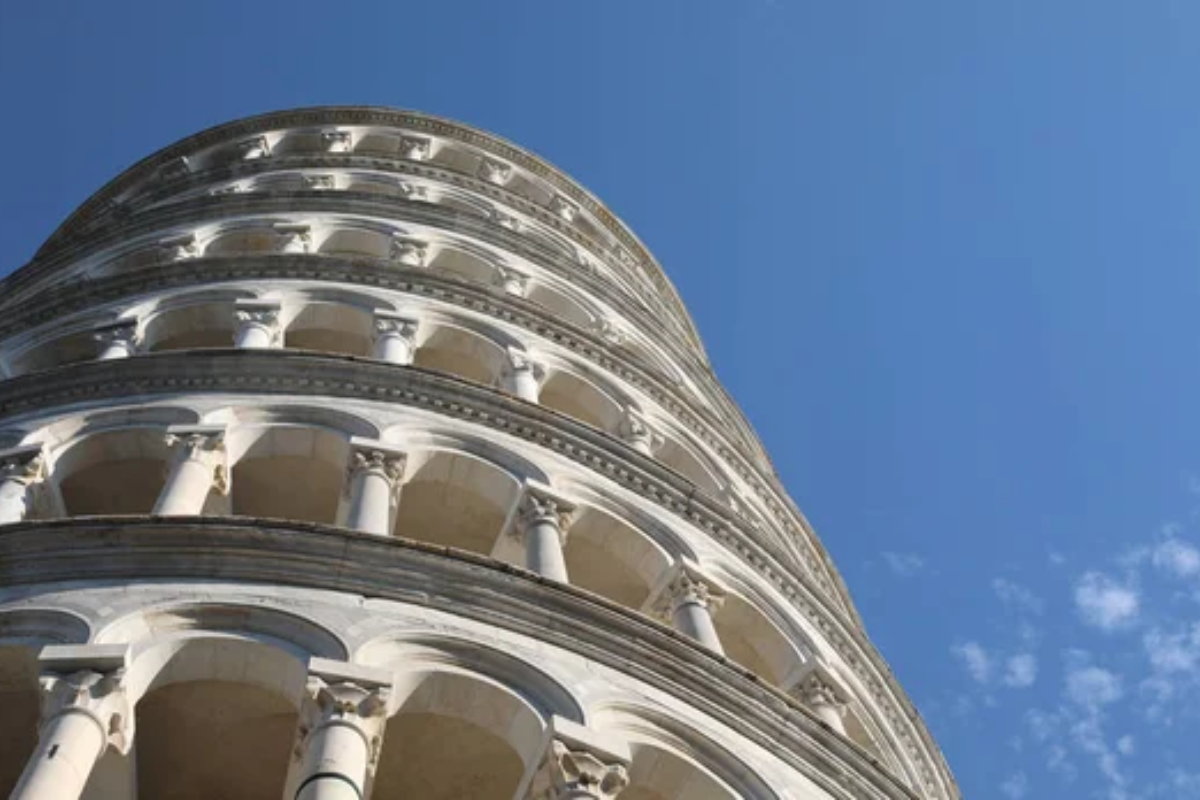
The famous architectural mistake attracts over 5 million annual visitors who pose for optical illusion photos before climbing its off-kilter stairs. The tower’s tilt measures exactly 3.97 degrees, and precision instruments monitor it to prevent further sinking.
The surrounding Field of Miracles contains equally impressive buildings, often overlooked.
Chianti Wine Country Roads
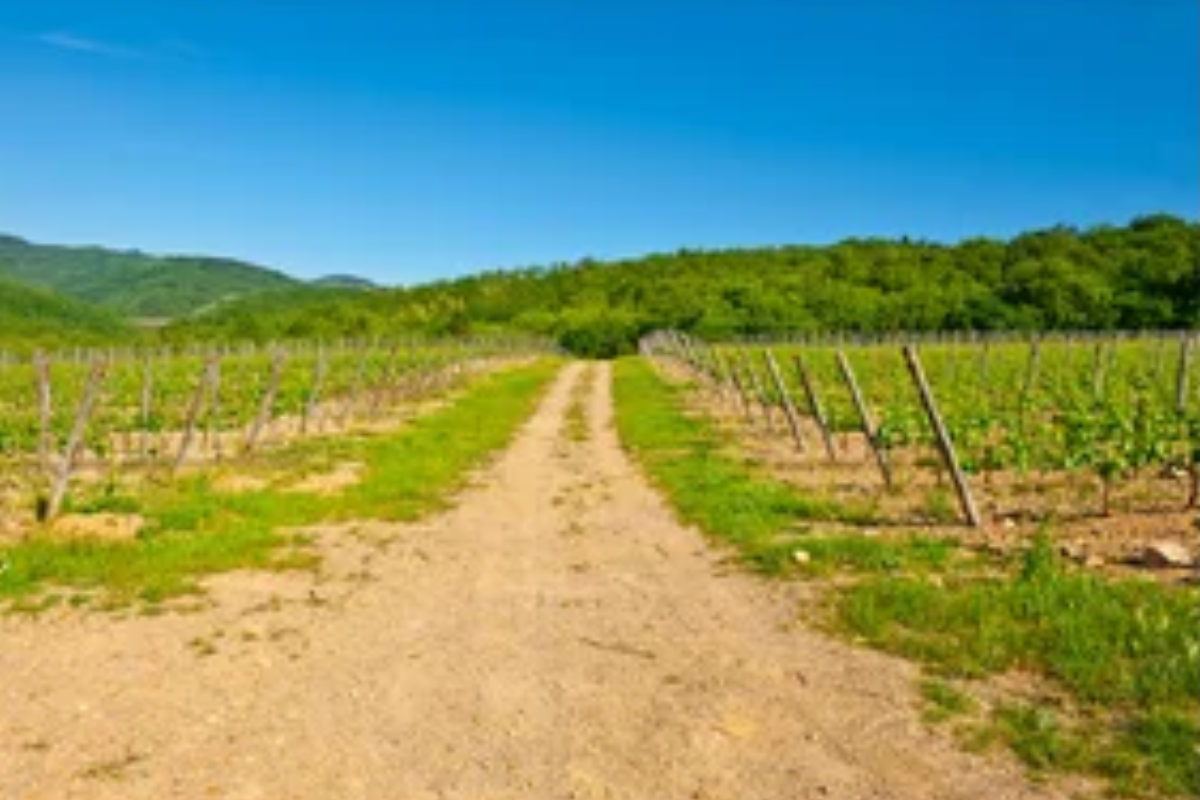
State Road 222 winds through postcard vineyards, connecting medieval villages where wine production dates back 3,000 years. Greve in Chianti’s triangular square hosts weekly markets while Castello Estates offer luxury tastings in Renaissance villa settings.
Sangiovese grape harvesting between September and October involves visitors in ancient rituals.
Like Travel Pug’s content? Follow us on MSN.
Val d’Orcia Landscapes
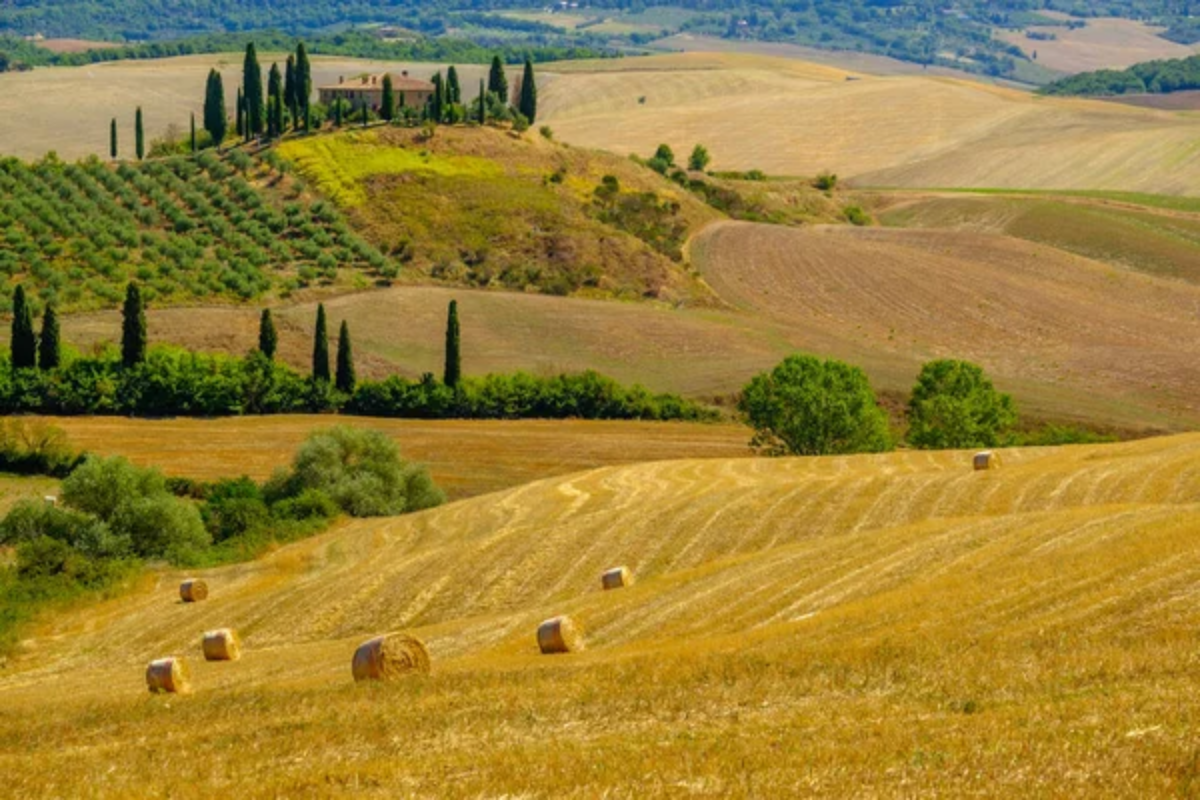
Rolling hills topped with solitary cypress trees create Tuscany’s most photographed vistas. UNESCO protects this valley’s Renaissance landscape planning, where nothing appears accidental.
Pienza’s urban design by Pope Pius II demonstrates how aesthetics influenced agricultural development.
Pitigliano: The Little Jerusalem
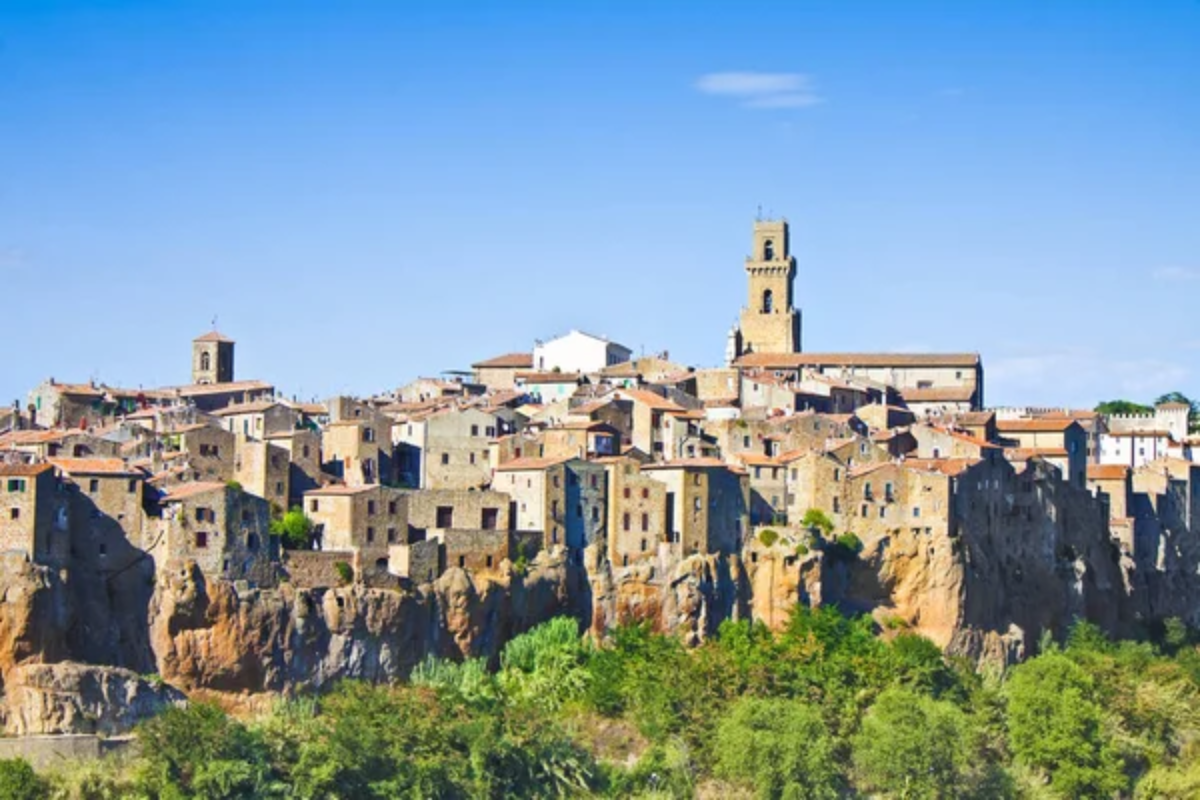
Carved into volcanic tufa cliffs, Pitigliano rises like a mirage above southern Tuscany’s countryside. Nicknamed “Little Jerusalem” for its historic Jewish community, the town blends Etruscan roots with Renaissance architecture and ancient cave dwellings.
The Jewish Quarter still contains a restored synagogue, kosher wine cellars, and a ritual bath. Underground tunnels once used for olive oil storage are now open for exploration, while trattorias serve hearty Maremma cuisine shaped by centuries of cultural exchange.
Uffizi Gallery Masterpieces
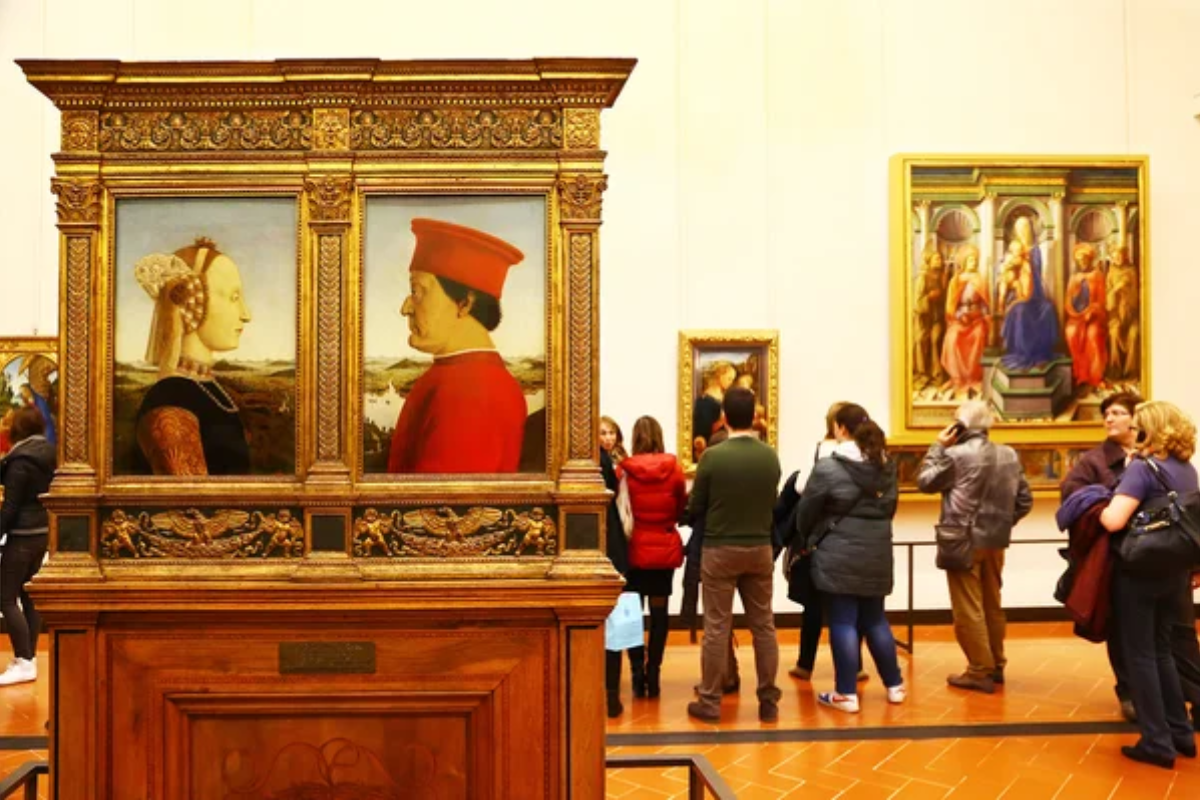
Botticelli’s ‘Birth of Venus’ anchors this Florence repository, which contains humanity’s greatest art concentration per square foot. Online booking eliminates hours-long queues, while guided tours navigate chronological arrangements spanning Giotto through Caravaggio.
The Vasari Corridor connects to Palazzo Pitti for extended exploration.
Like Travel Pug’s content? Follow us on MSN.
Montepulciano Underground
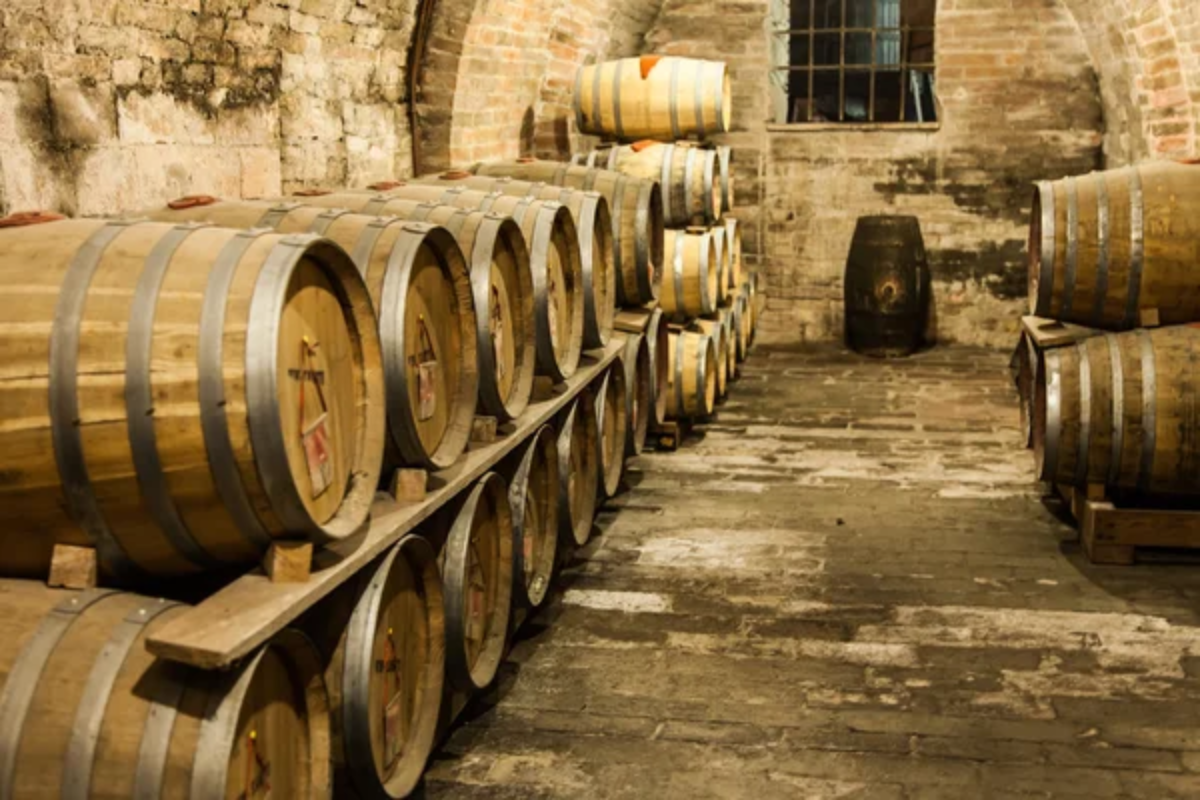
Noble families carved elaborate wine cellars beneath this hilltop town, creating temperature-controlled aging rooms that still produce award-winning Vino Nobile. Medieval tunnels connect ancient palazzos, while Etruscan foundations reveal pre-Roman wine culture.
Cantina tours demonstrate how gravity-flow winemaking respects tradition.
Thermal Spas of Bagno Vignoni

This tiny Renaissance village centers on a steaming medieval thermal pool rather than a traditional square. Water bubbles at 125°F continuously, creating healing vapors believed to be medicinal since Roman times.
Private spa experiences allow soaking in carved stone tubs overlooking vineyards.
Volterra Alabaster Workshops
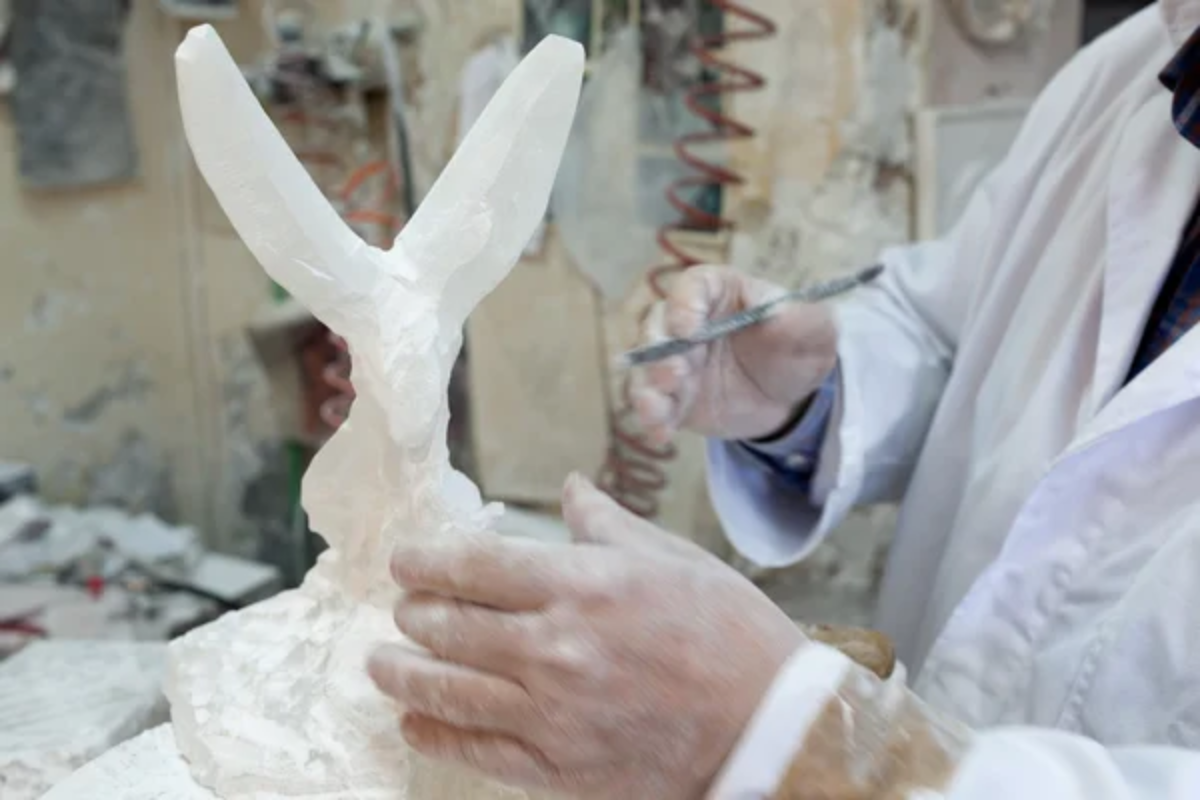
Artisans continue 3,000-year traditions of carving translucent alabaster quarried locally. Workshop visits reveal craftsmen hand-polishing vases and sculptures using minimal machinery.
The Ecomuseum displays alabaster artifacts from Etruscan tombs alongside contemporary artistic interpretations.
Like Travel Pug’s content? Follow us on MSN.
Lucca’s Renaissance Walls
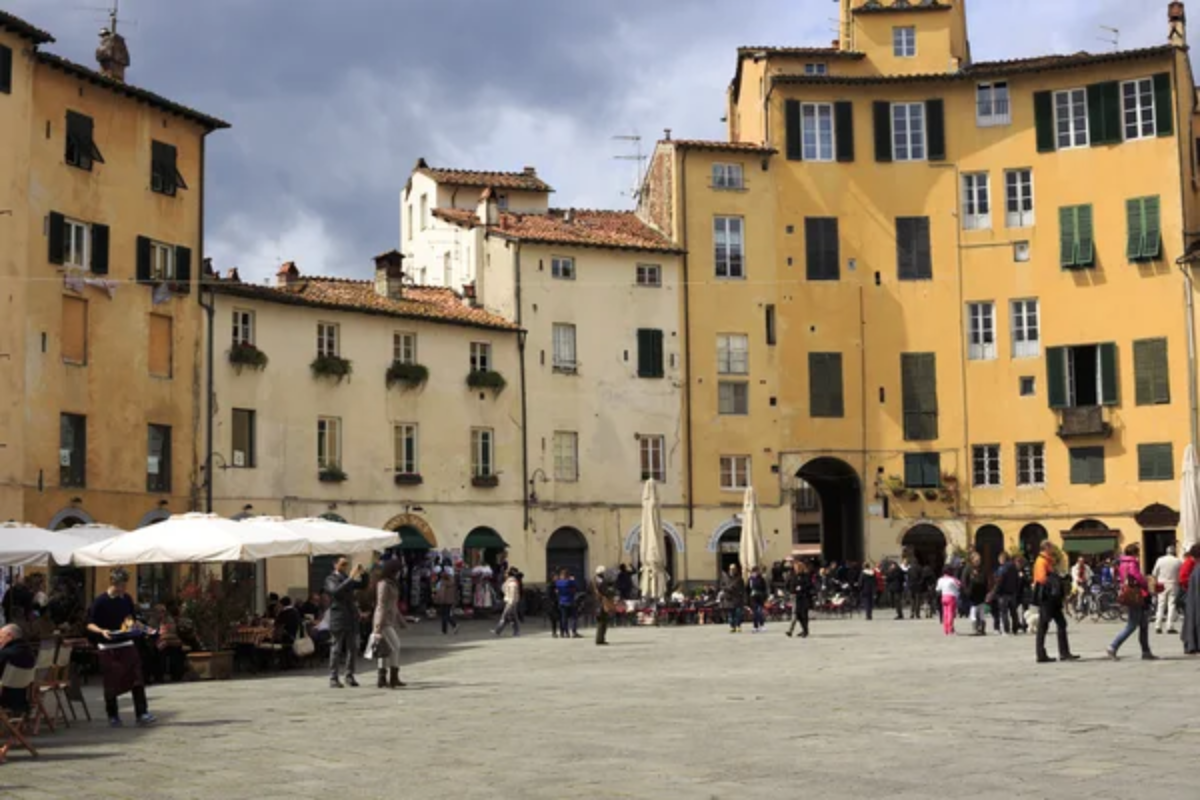
Perfectly preserved 16th-century fortifications now serve as a 2.5-mile elevated park circling this unforgettable city. Tree-lined ramparts provide bicycle paths while gardens occupy former defensive positions.
Torre Guinigi’s rooftop oak grove creates Europe’s most unusual urban canopy.
Cortona Etruscan Heritage

Archaeological finds beneath this ancient settlement rival Rome’s importance for understanding pre-Roman Italy. The MAEC museum displays bronze artifacts and burial goods while offering views across the Valdichiana valley.
Francis of Assisi chose this location for his third church, bringing pilgrims continuously since 1245.
Arezzo Antique Markets
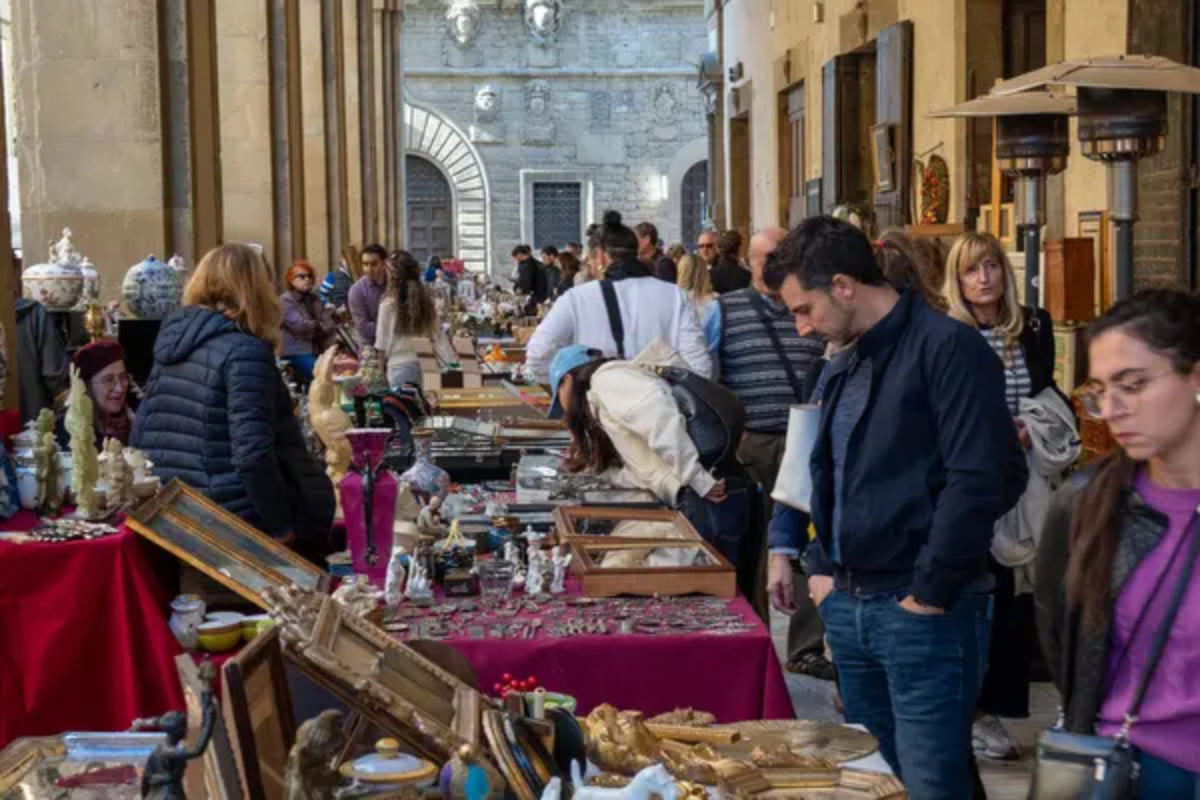
Italy’s largest antique fair transforms this Etruscan town on the first weekends, drawing collectors from across Europe. Over 600 vendors spread through cobbled streets selling everything from Renaissance furniture to contemporary art.
Local auctioneers still conduct estate sales using traditional calling methods.
Like Travel Pug’s content? Follow us on MSN.
Castellina in Chianti Castle Ruins
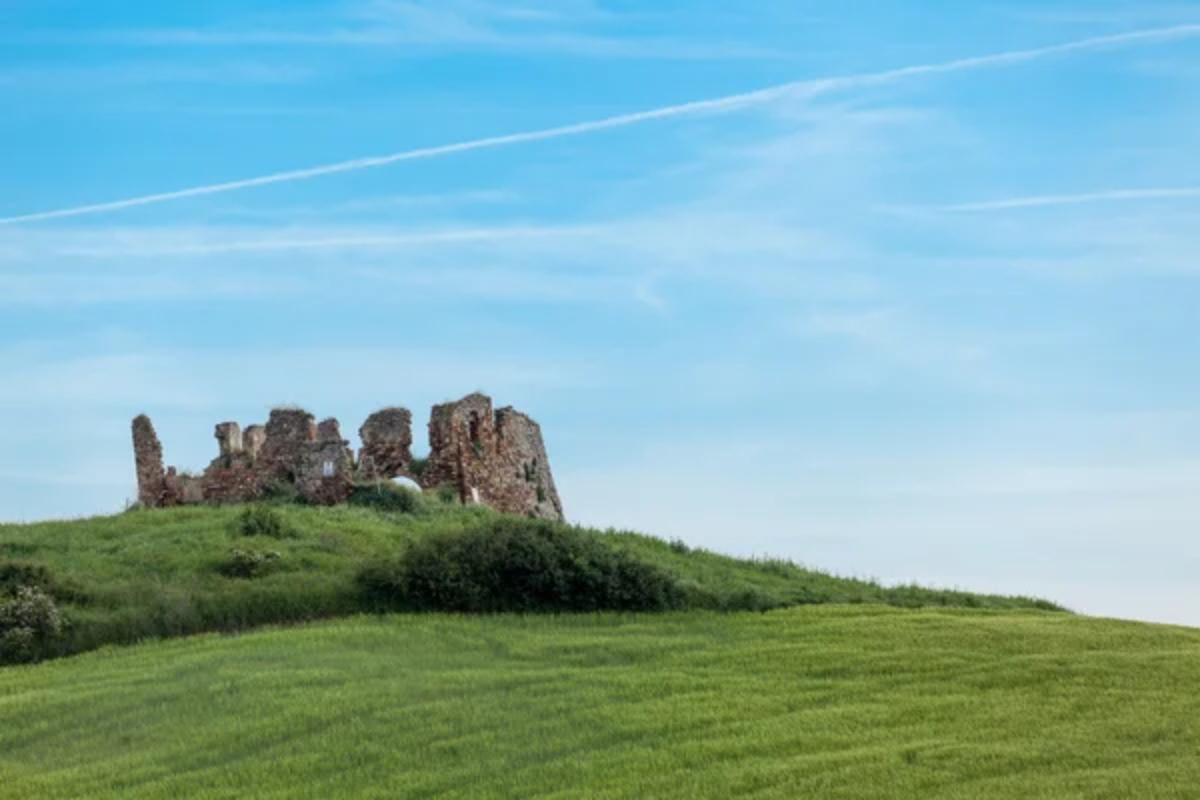
This strategic fortress town defended Florence’s southern border while producing exceptional wine throughout centuries of conflict. Underground passages connect wine cellars beneath ancient palazzos.
The medieval wall walk provides panoramic views over battle-worn landscapes, now peaceful with vineyards.
Montalcino Brunello Vineyards
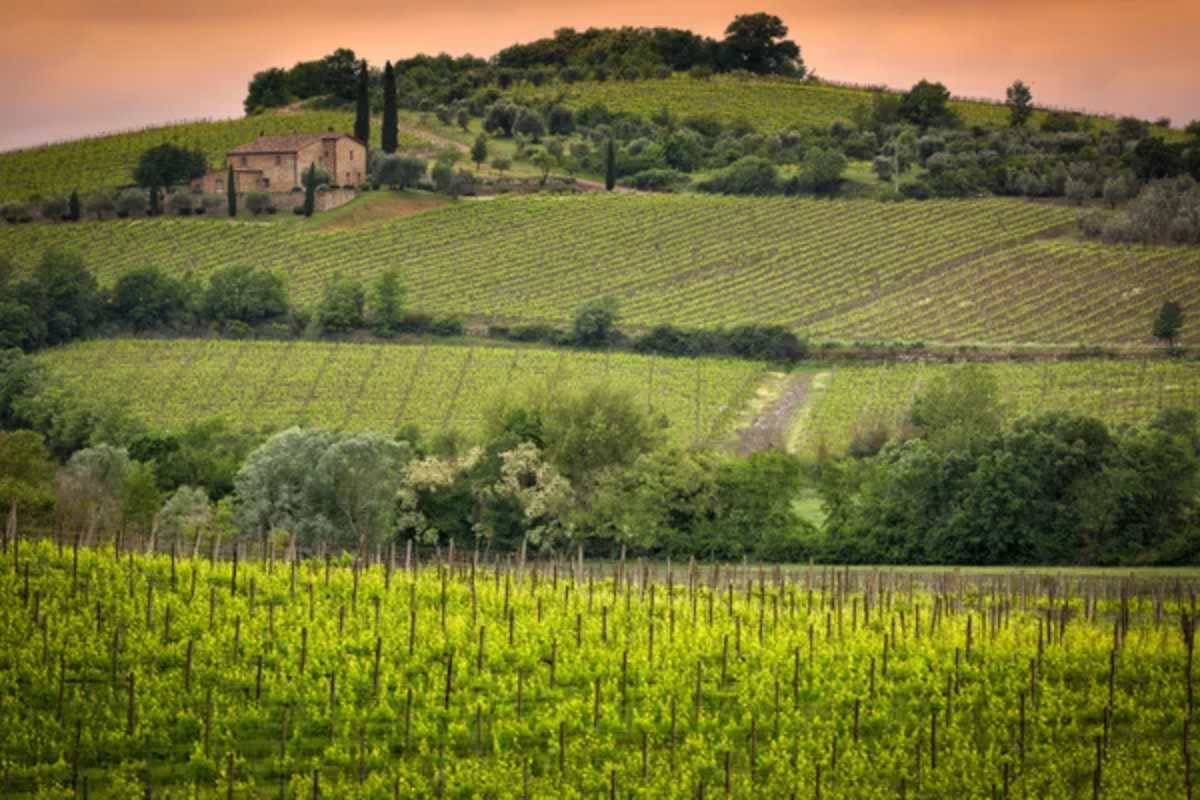
Perched 1,850 feet above sea level, this fortress town creates perfect conditions for Sangiovese grapes, producing Italy’s most prestigious red wine. Small family producers welcome visitors to centuries-old cellars while explaining aging requirements.
The Fortress walls offer tastings with views stretching 30 miles.
Elba Island: Napoleon’s Exile
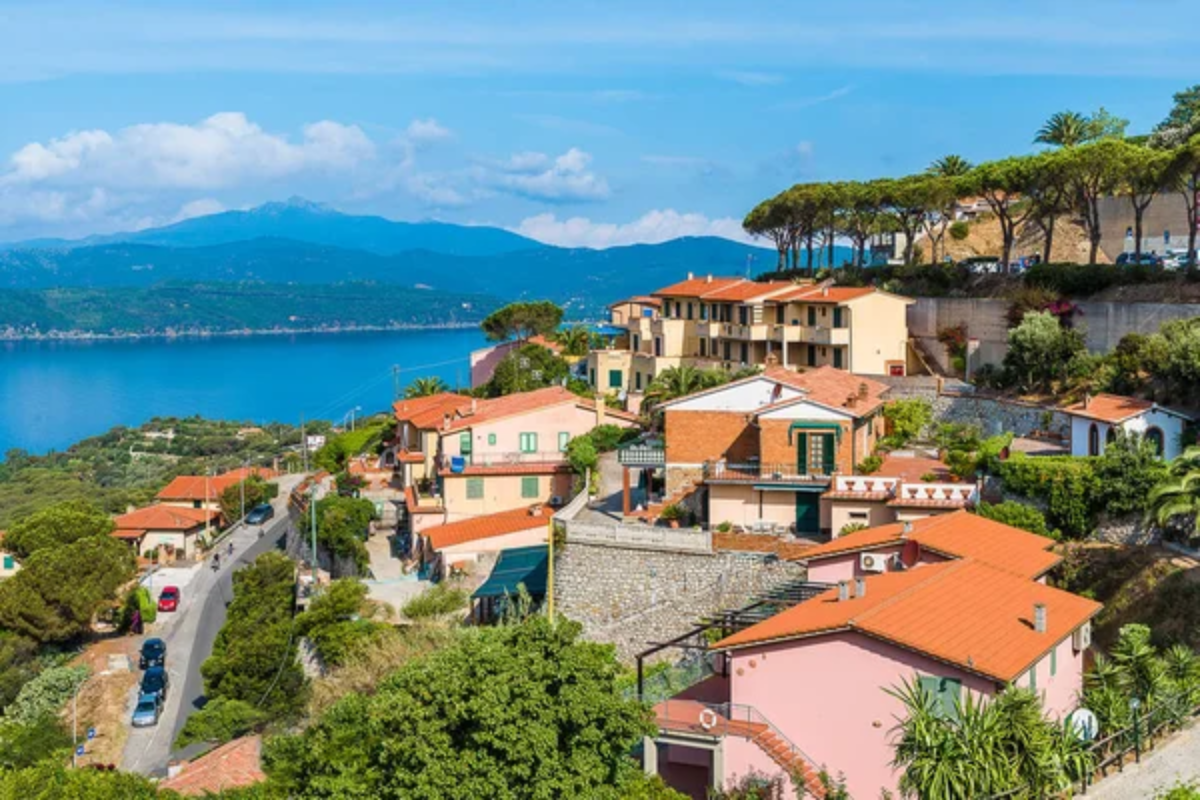
As the largest island in the Tuscan Archipelago, Elba offers a stunning coastal extension of Tuscany where dramatic cliffs meet turquoise waters. Famous as Napoleon’s place of exile in 1814, the island preserves his legacy at Villa dei Mulini and Villa San Martino, both filled with personal furnishings and imperial memorabilia.
Beyond history, Elba boasts secluded beaches, vineyard-covered hills, and ancient mining villages that predate Roman times. Its blend of maritime charm and mountainous terrain offers a different but unmistakably Tuscan experience.
Like Travel Pug’s content? Follow us on MSN.
Santo Spirito Basilica Florence
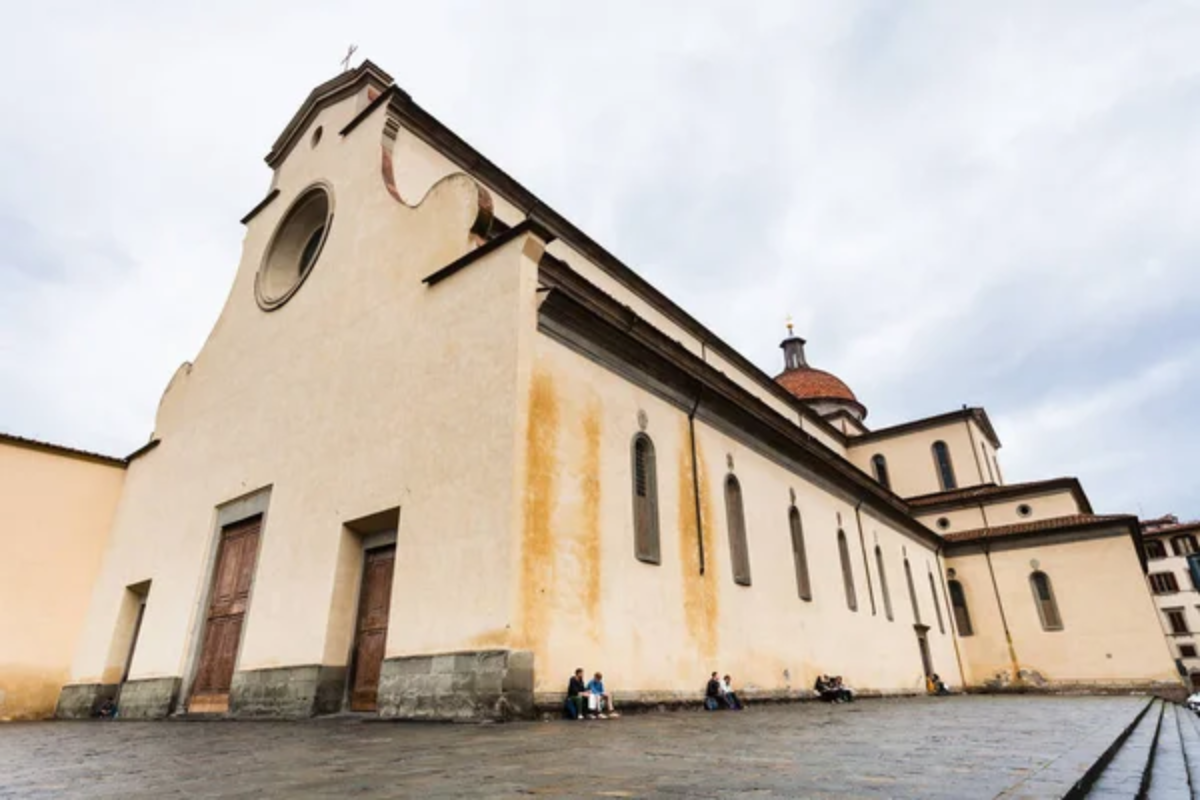
Brunelleschi’s last architectural work demonstrates Renaissance harmony through precise mathematical proportions. Michelangelo studied anatomy in the adjoining hospital, informing the realism of his crucifix sculpture housed here.
The wooden crucifix attributed to him recently underwent controversial restoration.
Fiesole Etruscan Theater
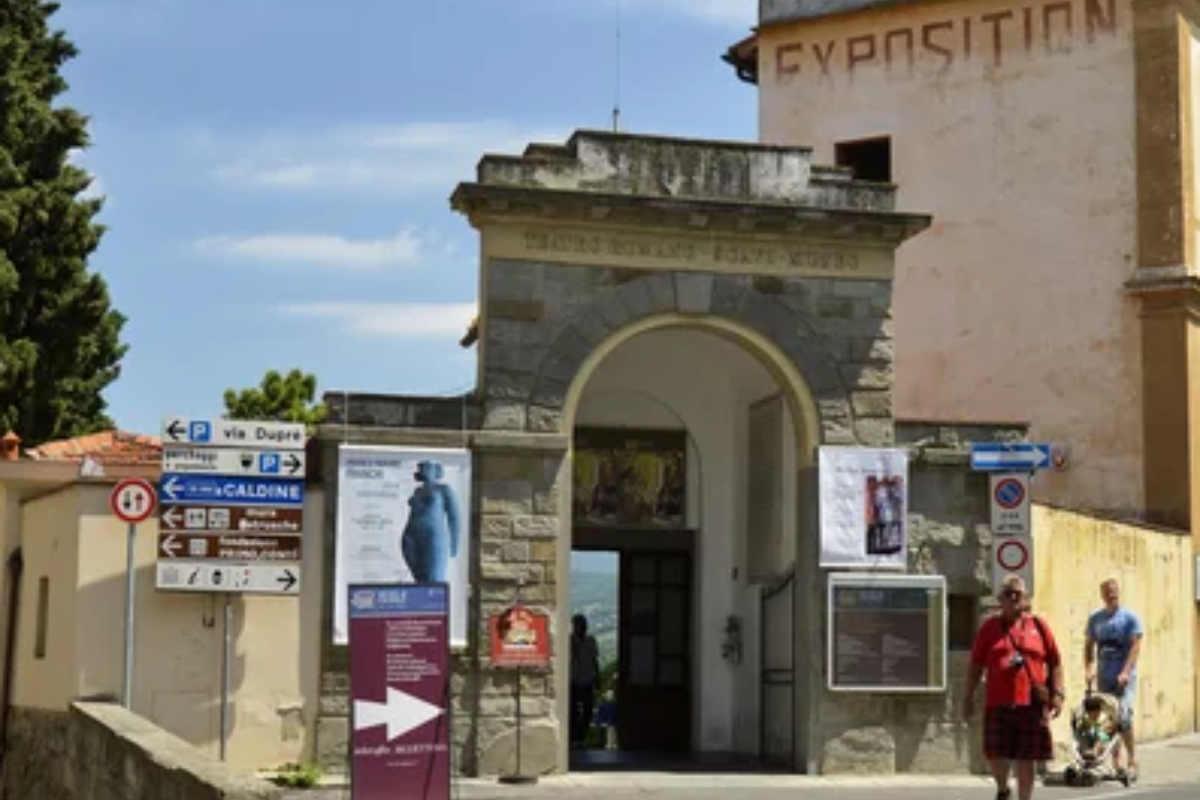
This hillside settlement above Florence hosts summer concerts in its remarkably preserved 3rd-century BC amphitheater. The archaeological area includes Roman baths and medieval duomo foundations.
Cathedral construction demonstrates how civilizations built literally upon predecessors using original stones.
Abbey of Sant’Antimo
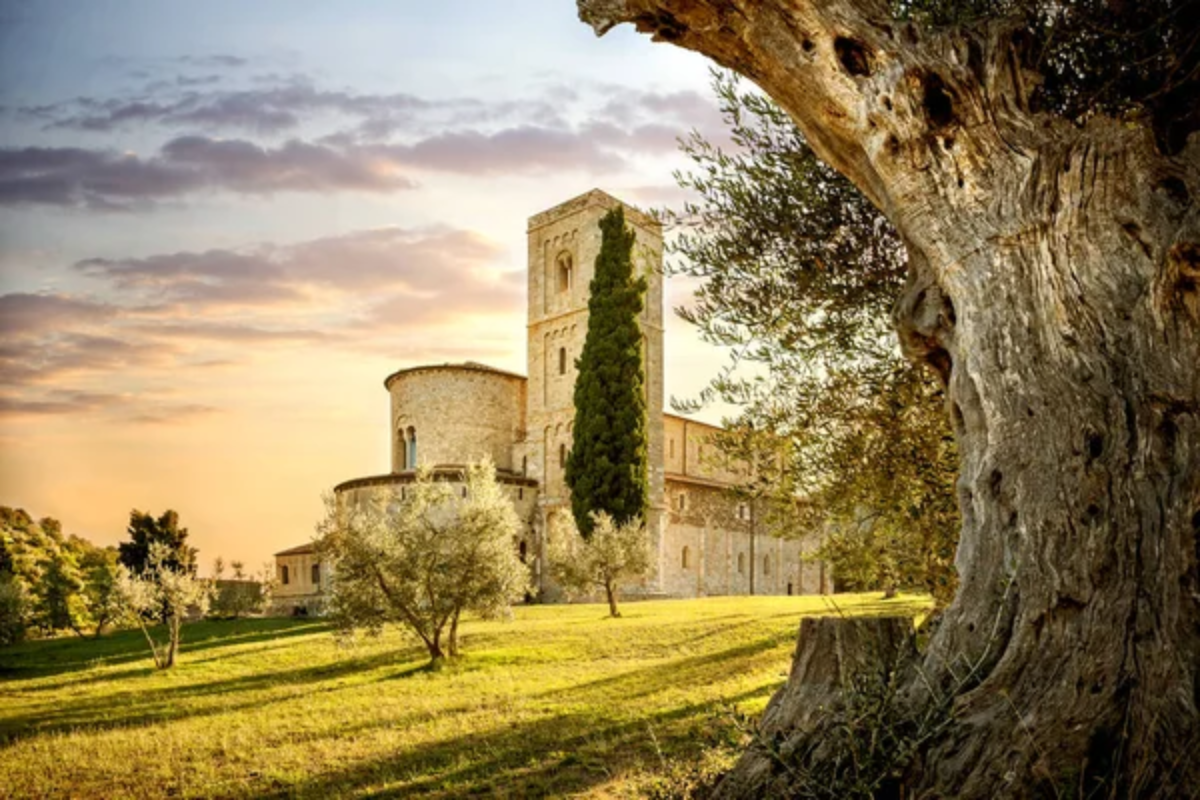
This Benedictine monastery features Gregorian chanting during daily services that echo through architecture designed for acoustic perfection. The church contains a single block of onyx as an altar, while surrounding olive groves produce prize-winning oil.
Isolation preserves the medieval atmosphere without tourist disruption.
Like Travel Pug’s content? Follow us on MSN.
Eternal Renaissance Legacy
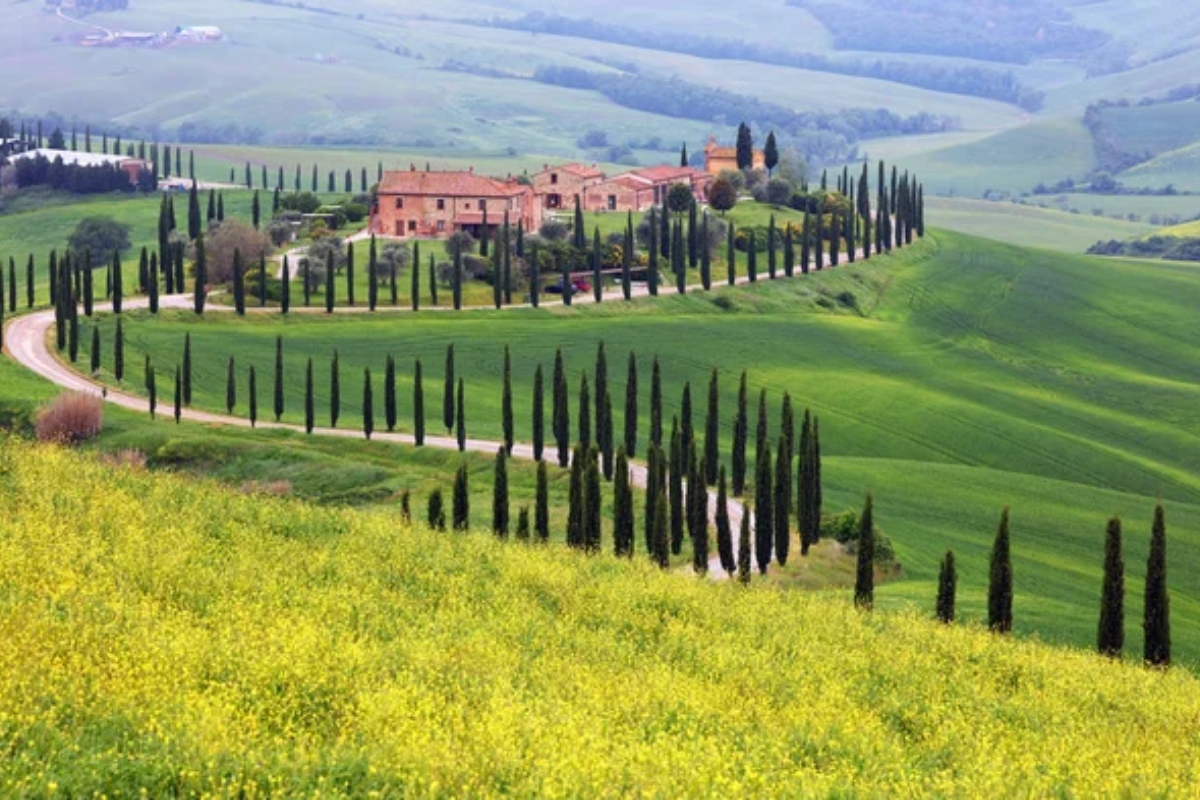
These twenty destinations reveal how Tuscany transcends travel clichés through authentic experiences rather than manufactured attractions. The region’s genius lies in maintaining working landscapes where wine production, olive cultivation, and artistic traditions continue uninterrupted by tourism.
Medieval towns function as living communities where residents shop at five-century-old butcher shops and worship in churches older than their nation. Florence may dominate international recognition, but Tuscany’s true magic emerges in small hill towns where shepherds still move flocks seasonally and families produce wines using ancestors’ techniques.
This preservation creates journeys through time when Renaissance perspectives reveal themselves naturally through daily Italian life rather than being staged for visitors.
More from Travel Pug

- Cities Growing so Fast You Won’t Recognize Them in 10 Years
- 13 Destinations Where Tourists Regularly Regret Their Trip
- 16 U.S. Cities That Are Quietly Becoming Travel Hotspots
- Where to Travel If You Love Long Bus Rides and Daydreams
- 20 Cities Perfect for Solo Travelers Who Crave Adventure & Culture
Like Travel Pug’s content? Follow us on MSN.
